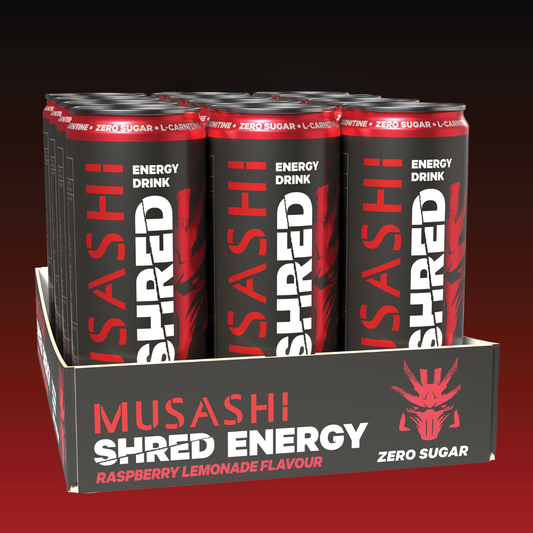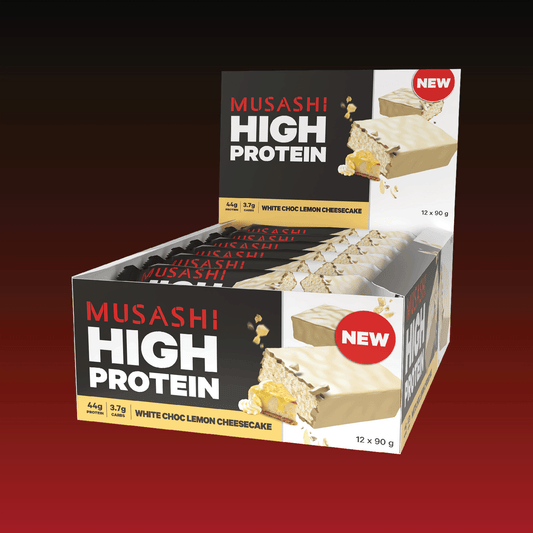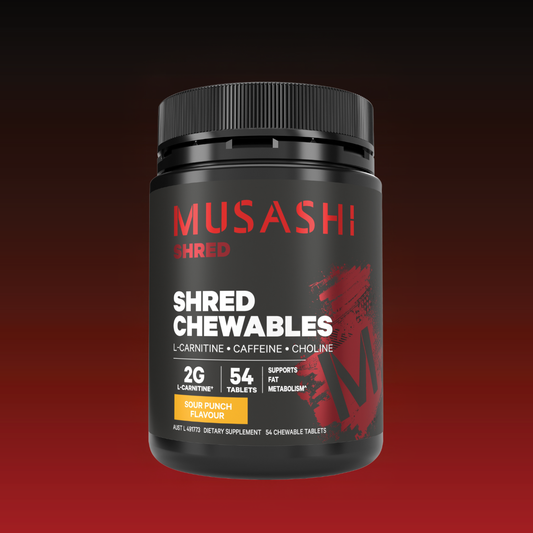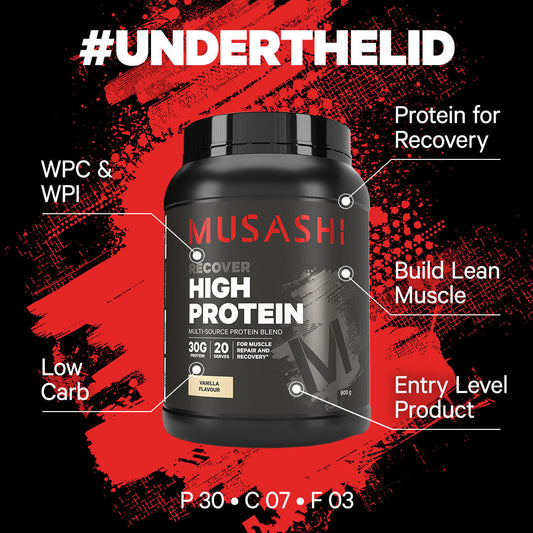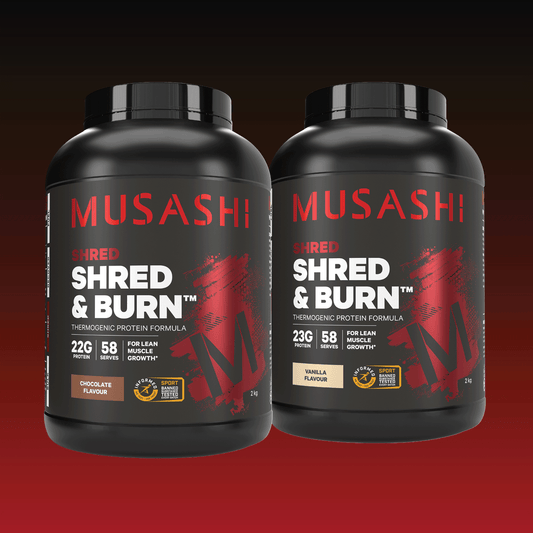
Do you find it hard to know which the right protein powder is for you? There are such a wide range, sometimes it can be overwhelming! Protein powders are classified according to their nutrient profile as single protein source or a protein blend – a combination of several proteins i.e. protein and carbohydrates. Some supplements also have additional ergogenic ingredients such as creatine, amino acids, fat metabolisers, vitamins and minerals.
Whey Protein
Whey protein is a great place to start and is renowned for its fast absorbing capabilities. It has the ability to promote a spike in amino acids in the body helping to kick start muscle repair. There is plenty of choice when it comes to whey protein supplements. The two most prominent are whey protein isolate (WPI) and whey protein concentrate (WPC). Both are derived from milk and refer to the protein liquid left over from the process of converting milk into cheese. The process used to convert the liquid into powder will determine the quality of the protein and whether it is a WPI and WPC.
Whey Protein Isolate (WPI)
- Highest quality and most rapidly digested whey
- High quality protein source containing approximately 90% protein
- Low lactose content – often tolerated by people with a mild lactose intolerance
- Low in carbohydrates
- Low in fat
- Complete protein – contains all essential amino acids
Whey Protein Concentration (WPC)
- High in immunoglobulins, usually a better taste profile and great value
- High quality protein source containing approximately 80% protein
- Cheaper than WPI and great value for money
- Higher levels of lactose in comparison to WPI
- Contains fat soluble vitamins
It is important to know about all of the ingredients found in your protein powder. To help you make the right decision you should carefully read the food labels displayed on each tub.
What to Look for in a Protein Powder?
Casein
Casein makes up 80% of the protein in milk and is commonly referred to as a slow digesting protein (night time protein). Releasing a steady stream of amino acids into the muscles over an extended period of time, helping to reduce muscle breakdown while also maintaining muscle size. Casein is useful for athletes with weight and muscle gain goals.
Milk Powder
Another common protein used in supplements is milk powder. Milk naturally contains approximately 80% casein and 20% whey. Dried milk powder is simply milk with the water removed. It contains many of the same nutrients as milk. Dried milk powder contains high levels of lactose and can cause stomach distress to people with lactose (milk sugar) intolerance. It is effective and sometimes added to protein powders to increase protein quantity.
Soy Lecithin
This refers to the process which enables the milk protein particles to dissolve in water.
Soy Protein
Is a dairy free option, making it a perfect choice for vegans and vegetarians. It has good digestibility however some claim it is an acquired taste. It is often used in protein blends because it is cheaper than whey.
Carbohydrates
Carbohydrates - maltodextrin or dextrose are added to some protein powders to help people achieve weight gain or boost post-exercise muscle glycogen stores (replenish energy). A protein powder containing carbohydrates is beneficial to those athletes with increased energy needs.
Ergogenic Ingredients
The inclusion of ergogenic ingredients such as creatine, carnitine and green tea are added to some protein powders to create a ‘one stop shop’ approach. Helping the consumer to get the best results from a single protein powder. With plenty of choice in the Musashi range picking the right one for you can be tricky. How do you distinguish which is best for you and how do you make the comparison when looking at the labels?
Food Labels
Food labels contain an extensive amount of information which can sometimes be confusing. Understanding how to read a food label can be useful when comparing and choosing a protein powder to best suit your needs.
Ingredient List
Ingredients are listed in order from largest to smallest. The first ingredient listed is the one with the highest content. This is useful because it provides and indication of the source and quality of the protein and if there are any added ingredients i.e. sugar.
The Power of Three
When selecting a protein powder it is important to look at which protein comes first on the ingredients list. If you are looking for a fast absorbing protein to assist with recovery post-exercise, then select a protein powder which contains WPI or WPC listed within the first three ingredients.
Musashi 100% Whey
Let’s take a look at the Musashi 100% Whey Protein Powder. This product use Whey protein Isolate and Concentrate, meaning this product is made up of two quality sources of protein making it a superior blend, perfect for use immediately after training.
Nutritional Information Panel
All nutritional information panels must include energy (kilojoules), protein, total fat, saturated fat, total carbohydrates, sugar and sodium (salt). Some labels also include other nutrients such as fibre, calcium or active ingredients such as caffeine. All nutrients are shown per 100g – this makes it easy to make a comparison of two or more protein powders. By looking at the suggested serve amount, you can see how much of each ingredient you are consuming in one sitting.
Carbohydrates & Sugars
Carbohydrate appears on the label as ‘total’ and ‘sugars’. Sugars can be made up of natural or added sugar. All whey protein powders contain natural sugar – lactose. To determine if a protein powder contains added sugar, look at the ingredient list for words referring to sugar e.g. honey, sugar, fruit juice or any words ending in ‘ose’.
Protein
To identify how much protein is included per serve, take a look at the per serve column of the nutritional information panel. When you are comparing two different protein powders look at the ‘per 100g’ column as serving sizes might vary. A quality protein powder should contain between 20-35g of protein per serve. The type of protein powder you choose will depend on your personal needs and intended outcome.
For example, building muscle, losing weight, muscle recovery or fulfilling daily protein needs. If your goal is to increase weight, whey protein powders containing carbohydrates – Musashi Bulk will assist with your needs. If your goal is to lose weight, a protein powder with active ingredients including caffeine, green tea and carnitine – Musashi Shred and Burn will help you best achieve your goal.
Take Home Points
- Always read the ingredients and pay attention to the first three ingredients on the list.
- Select a protein powder based on your personal fitness goals i.e. do you need added carbohydrates?
- If you require a fast absorbing protein powder, select a WPI or WPC.
- Casein protein is a slow digesting protein and beneficial for prior to sleep.
- When comparing different protein powders always look at the per 100g column when comparing protein content because the serving sizes might vary.



